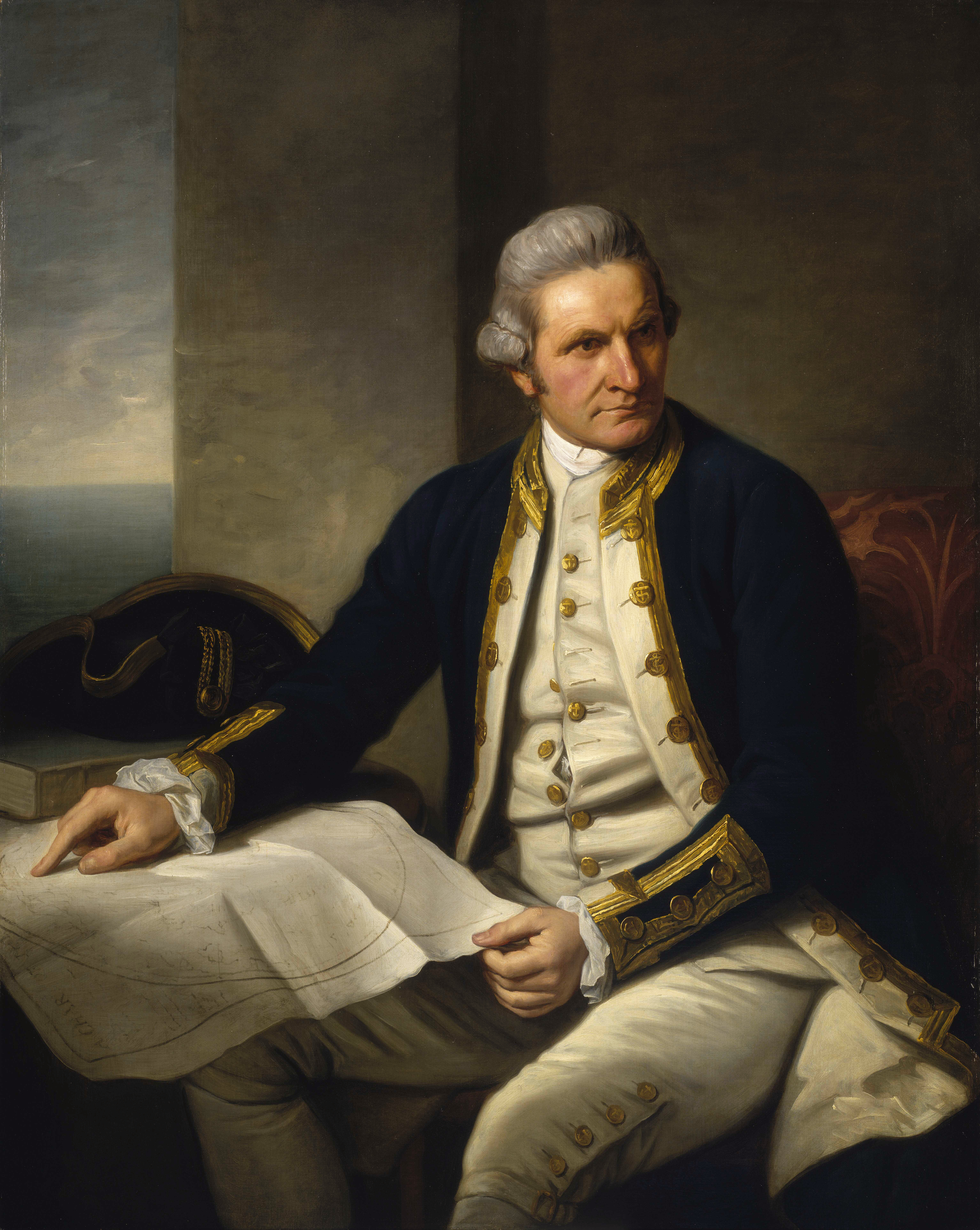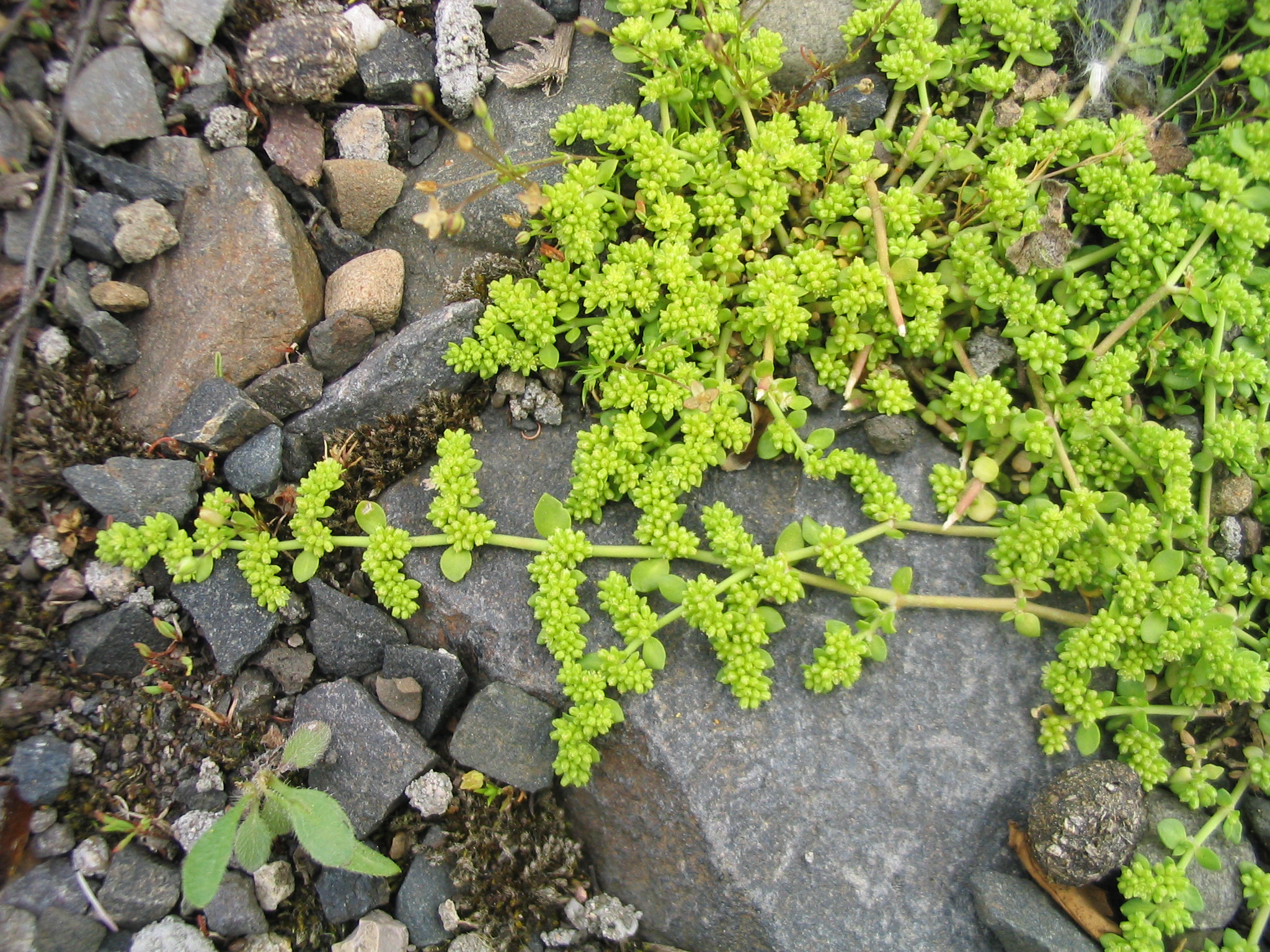|
Epilobium Glabellum
''Epilobium glabellum'', or willowherb, is a species of flowering plant, endemic to New Zealand. Description ''Epilobium glabellum'' can grow as a small bush or in mats, with many stems coming from a single taproot. The stems themselves can be hairy, but the capsules and floral tubes are glabrous. The leaves are close-set and opposite along most of the stem, and sometimes overlapping, with tiny margins. The flowers are white, purple or pink after pollination and appear from November to May. The seeds are anemochorous, meaning dispersed by the wind, possibly from sites as far as 50 km away. Distribution and habitat ''Epilobium glabellum'' is known from the North and South Island. It can grow on stony ground at altitude near glaciers. They are early colonisers of screefields. Etymology ''Glabellum'' is Latin for 'glabrous Glabrousness () is the technical term for a lack of hair, down, setae, trichomes, or other such covering. A glabrous surface may be a natural characterist ... [...More Info...] [...Related Items...] OR: [Wikipedia] [Google] [Baidu] |
Fiordland National Park
Fiordland National Park is a national park in the south-west corner of South Island of New Zealand. It is the largest of the 13 National parks of New Zealand, national parks in New Zealand, with an area covering , and a major part of the Te Wāhipounamu a UNESCO World Heritage Site established in 1990. The park is administered by the Department of Conservation (New Zealand), Department of Conservation. The southern ranges of the Southern Alps cover most of Fiordland National Park, combined with the deep glacier-carved valleys. The park is a significant refuge for many threatened native animals, ranging from dolphins and bats to reptiles, insects, and endangered species of birds endemic to New Zealand such as the takahē, mōhua, mohua, kākāpō, and southern brown kiwi. History Māori history One of the earliest settlers on the South Island were the Waitaha (South Island iwi), Waitaha people, who are believed to have settled directly to the South Island from ''Hawaiki'' on th ... [...More Info...] [...Related Items...] OR: [Wikipedia] [Google] [Baidu] |
Georg Forster
Johann George Adam Forster, also known as Georg Forster (; 27 November 1754 – 10 January 1794), was a German geography, geographer, natural history, naturalist, ethnology, ethnologist, travel literature, travel writer, journalist and revolutionary. At an early age, he accompanied his father, Johann Reinhold Forster, on several scientific expeditions, including James Cook's Second voyage of James Cook, second voyage to the Pacific Ocean, Pacific. His report of that journey, ''A Voyage Round the World'', contributed significantly to the ethnology of the people of Polynesia and remains a respected work. As a result of the report, Forster, who was admitted to the Royal Society at the early age of twenty-two, came to be considered one of the founders of modern scientific travel literature. After returning to continental Europe, Forster turned toward academia. He taught natural history at the Collegium Carolinum (Kassel), Collegium Carolinum in the Ottoneum, Kassel (1778–84), a ... [...More Info...] [...Related Items...] OR: [Wikipedia] [Google] [Baidu] |
Species
A species () is often defined as the largest group of organisms in which any two individuals of the appropriate sexes or mating types can produce fertile offspring, typically by sexual reproduction. It is the basic unit of Taxonomy (biology), classification and a taxonomic rank of an organism, as well as a unit of biodiversity. Other ways of defining species include their karyotype, DNA sequence, morphology (biology), morphology, behaviour, or ecological niche. In addition, palaeontologists use the concept of the chronospecies since fossil reproduction cannot be examined. The most recent rigorous estimate for the total number of species of eukaryotes is between 8 and 8.7 million. About 14% of these had been described by 2011. All species (except viruses) are given a binomial nomenclature, two-part name, a "binomen". The first part of a binomen is the name of a genus to which the species belongs. The second part is called the specific name (zoology), specific name or the specific ... [...More Info...] [...Related Items...] OR: [Wikipedia] [Google] [Baidu] |
Endemism
Endemism is the state of a species being found only in a single defined geographic location, such as an island, state, nation, country or other defined zone; organisms that are indigenous to a place are not endemic to it if they are also found elsewhere. For example, the Cape sugarbird is found exclusively in southwestern South Africa and is therefore said to be ''endemic'' to that particular part of the world. An endemic species can also be referred to as an ''endemism'' or, in scientific literature, as an ''endemite''. Similarly, many species found in the Western ghats of India are examples of endemism. Endemism is an important concept in conservation biology for measuring biodiversity in a particular place and evaluating the risk of extinction for species. Endemism is also of interest in evolutionary biology, because it provides clues about how changes in the environment cause species to undergo range shifts (potentially expanding their range into a larger area or b ... [...More Info...] [...Related Items...] OR: [Wikipedia] [Google] [Baidu] |
New Zealand
New Zealand () is an island country in the southwestern Pacific Ocean. It consists of two main landmasses—the North Island () and the South Island ()—and List of islands of New Zealand, over 600 smaller islands. It is the List of island countries, sixth-largest island country by area and lies east of Australia across the Tasman Sea and south of the islands of New Caledonia, Fiji, and Tonga. The Geography of New Zealand, country's varied topography and sharp mountain peaks, including the Southern Alps (), owe much to tectonic uplift and volcanic eruptions. Capital of New Zealand, New Zealand's capital city is Wellington, and its most populous city is Auckland. The islands of New Zealand were the last large habitable land to be settled by humans. Between about 1280 and 1350, Polynesians began to settle in the islands and subsequently developed a distinctive Māori culture. In 1642, the Dutch explorer Abel Tasman became the first European to sight and record New Zealand. ... [...More Info...] [...Related Items...] OR: [Wikipedia] [Google] [Baidu] |
Anemochorous
In spermatophyte plants, seed dispersal is the movement, spread or transport of seeds away from the parent plant. Plants have limited mobility and rely upon a variety of dispersal vectors to transport their seeds, including both abiotic vectors, such as the wind, and living (Biotic component, biotic) vectors such as birds. Seeds can be dispersed away from the parent plant individually or collectively, as well as dispersed in both space and time. The patterns of seed dispersal are determined in large part by the dispersal mechanism and this has important implications for the demographic and genetic structure of plant populations, as well as wikt:migration, migration patterns and species interactions. There are five main modes of seed dispersal: Gravitation, gravity, wind, ballistic, water, and by animals. Some plants are serotinous and only disperse their seeds in response to an environmental stimulus. These modes are typically inferred based on adaptations, such as wings or fle ... [...More Info...] [...Related Items...] OR: [Wikipedia] [Google] [Baidu] |
North Island
The North Island ( , 'the fish of Māui', historically New Ulster) is one of the two main islands of New Zealand, islands of New Zealand, separated from the larger but less populous South Island by Cook Strait. With an area of , it is the List of islands by area, world's 14th-largest island, constituting 43% of New Zealand's land area. It has a population of which is % of New Zealand's residents, making it the most populous island in Polynesia and the List of islands by population, 28th-most-populous island in the world. Twelve main urban areas (half of them officially cities) are in the North Island. From north to south, they are Whangārei, Auckland, Hamilton, New Zealand, Hamilton, Tauranga, Rotorua, Gisborne, New Zealand, Gisborne, New Plymouth, Napier, New Zealand, Napier, Hastings, New Zealand, Hastings, Whanganui, Palmerston North, and New Zealand's capital city Wellington, which is located at the south-west tip of the island. Naming and usage The island has been known ... [...More Info...] [...Related Items...] OR: [Wikipedia] [Google] [Baidu] |
South Island
The South Island ( , 'the waters of Pounamu, Greenstone') is the largest of the three major islands of New Zealand by surface area, the others being the smaller but more populous North Island and Stewart Island. It is bordered to the north by Cook Strait, to the west by the Tasman Sea, to the south by the Foveaux Strait and Southern Ocean, and to the east by the Pacific Ocean. The South Island covers , making it the List of islands by area, world's 12th-largest island, constituting 56% of New Zealand's land area. At low altitudes, it has an oceanic climate. The most populous cities are Christchurch, Dunedin, Nelson, New Zealand, Nelson and Invercargill. Prior to European settlement, Te Waipounamu was sparsely populated by three major iwi – Kāi Tahu, Kāti Māmoe, and the historical Waitaha (South Island iwi), Waitaha – with major settlements including in Kaiapoi Pā near modern-day Christchurch. During the Musket Wars expanding iwi colonised Te Tau Ihu Māori, Te Tau Ihu, ... [...More Info...] [...Related Items...] OR: [Wikipedia] [Google] [Baidu] |
Glabrousness
Glabrousness () is the technical term for a lack of hair, down, setae, trichomes, or other such covering. A glabrous surface may be a natural characteristic of all or part of a plant or animal, or be due to loss because of a physical condition, such as alopecia universalis in humans, which causes hair to fall out or not regrow. In botany Glabrousness or otherwise, of leaves, stems, and fruit is a feature commonly mentioned in plant keys; in botany and mycology, a ''glabrous'' morphological feature is one that is smooth and may be glossy. It has no bristles or hair-like structures such as trichomes. In anything like the zoological sense, no plants or fungi have hair or wool, although some structures may resemble such materials. The term "glabrous" strictly applies only to features that lack trichomes at all times. When an organ bears trichomes at first, but loses them with age, the term used is ''glabrescent''. In the model plant ''Arabidopsis thaliana'', trichome formation ... [...More Info...] [...Related Items...] OR: [Wikipedia] [Google] [Baidu] |
Endemic Flora Of New Zealand
Endemism is the state of a species being found only in a single defined geographic location, such as an island, state, nation, country or other defined zone; organisms that are indigenous to a place are not endemic to it if they are also found elsewhere. For example, the Cape sugarbird is found exclusively in southwestern South Africa and is therefore said to be ''endemic'' to that particular part of the world. An endemic species can also be referred to as an ''endemism'' or, in scientific literature, as an ''endemite''. Similarly, many species found in the Western ghats of India are examples of endemism. Endemism is an important concept in conservation biology for measuring biodiversity in a particular place and evaluating the risk of extinction for species. Endemism is also of interest in evolutionary biology, because it provides clues about how changes in the environment cause species to undergo range shifts (potentially expanding their range into a larger area or becomin ... [...More Info...] [...Related Items...] OR: [Wikipedia] [Google] [Baidu] |







